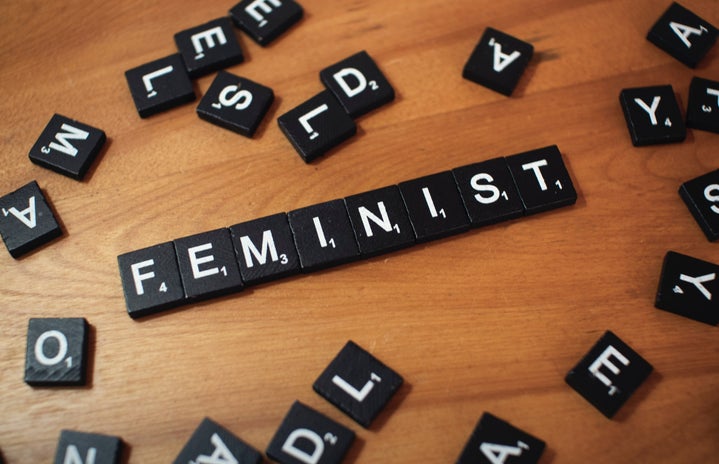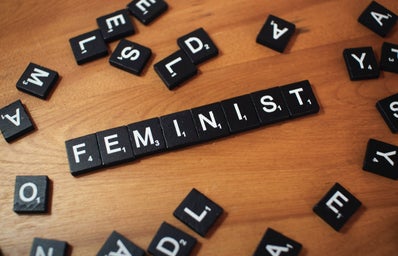CW: mentions of abuse
Cinderella broke glass ceilings in glass slippers. That might be an exaggeration, but her tale is certainly not an anti-feminist one. The story is hundreds of years old and exists in many different cultures in many different forms. For clarification, I will be referring only to the animated Disney movie that came out in 1950. It has been said that Cinderella lets herself be mistreated and sits around waiting for a prince to save her. However, the actual movie paints a very different picture.
Quite early on in the movie, the narrator states that Cinderella is “abused, humiliated and finally forced to become a servant in her own house.” I want to emphasize that Cinderella is an abused young woman living in fear. It is never reasonable or appropriate for outsiders to tell a person living in an abusive home what they should or should not have done. Therefore, no one should ask why Cinderella never tries to run away from her stepmother.
She instead finds her own safe ways to rebel and assert her autonomy. Throughout the movie, Cinderella makes little faces and comments to herself to show her distaste for her family. Viewers are reminded that Cinderella is not a brainwashed servant or an insipidly passive girl. For example, one time when her stepsisters are calling for her, she asks herself, “Oh, now what have they done?” This is her own way of expressing her frustration and anger, which was rare for women in the 1950s. The only other female-centric Disney movie released in 1950 was Snow White, and she was incredibly one-dimensional. Cinderella has complex emotions, and she expresses them in whatever way she can.
Another detail I noticed in rewatching Cinderella was that she stands up for herself from the start. Cinderella tries to reason with her stepmother and explain that her chores are unnecessary, only to be shut down. Most memorably, she fights for a chance to go to the ball, citing the invitation and correctly claiming it is her right to attend. She even plans on making her dress on her own. She is kept from doing so by her scheming family, but her mice friends do it for her.
This is not an example of someone else doing something for Cinderella because she could not or would not. This is the consequence of her earlier empowerment of others. Repeatedly in the movie, Cinderella helps the mice–the other downtrodden residents of the house–escape the cat. The mice simply return her kindness. Cinderella is not relying on them nor expecting them to fix her problems.
Her reasoning for attending the ball is similar. She does not go hunting for a husband or prince to rescue her from her situation. The prince approaches her at the ball, not the other way around. She does not even know he is the prince at first. When she learns his true identity the next morning, she is so shocked that she drops the tray she is holding. She married the prince because she loved him, not because he was an escape route or savior for her.
Cinderella is not a dependent, weak-willed protagonist. She does not rely on the mice or the prince to save her. She survives an abusive home, maintaining her autonomy in the safest way possible in her situation. That makes her strong and worthy of admiration.
If you would like to write for Her Campus Mount Holyoke, or if you have any questions or comments for us, please email hc.mtholyoke@hercampus.com.

